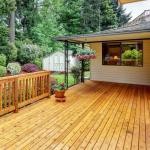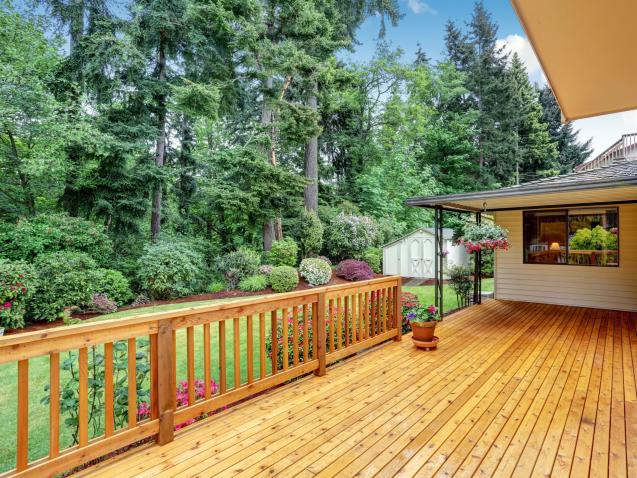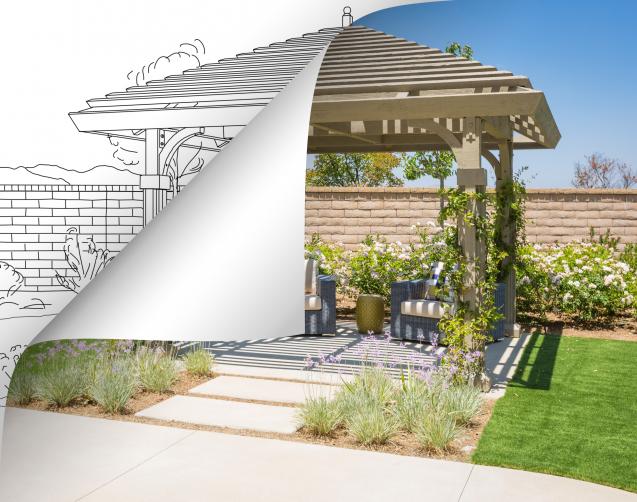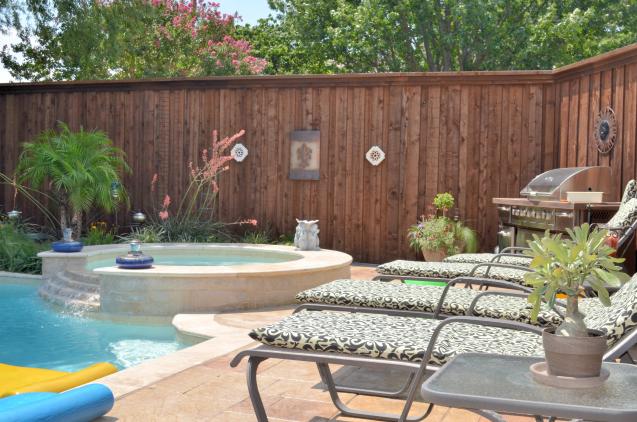
Choosing the Perfect Decking Material: Weighing the Pros and Cons
In this article, we'll explore the benefits and drawbacks of various decking materials, including treated pine, hardwood timber, and composite decking. We'll also touch on eco-friendly alternatives and discuss factors such as durability, maintenance, aesthetics, and deck-building costs.
By the end of this guide, you'll have a clear understanding of the different materials available and be well-equipped to choose the perfect decking material for your dream outdoor space. So, let's dive in and start building your ideal deck!
Traditional Wood Options: Advantages and Disadvantages
When considering traditional wood options for your decking, it's essential to weigh the advantages and disadvantages to ensure you select the right material for your Sydney home.
Traditional wood decking materials include treated pine, hardwood timbers like Merbau, Blackbutt, Ironbark, Jarrah, and Spotted Gum. Each of these options has its own unique qualities, so it's crucial to understand the pros and cons of each before making a decision.
One of the main advantages of traditional wood decking is its natural appearance and warmth, which can enhance the aesthetic appeal of your outdoor space. Additionally, wood decking can be more affordable, with treated pine being the most budget-friendly option.
However, wood decking also has its drawbacks, such as the need for periodic maintenance, including staining or sealing to protect it from the elements and potential pest infestations. Hardwood timber options, while more durable and pest-resistant, are generally more expensive.
It's important to consider the long-term costs associated with maintaining your wooden deck, as well as the initial investment, when making your decision.
Composite Decking: Pros and Cons
Examining the advantages and drawbacks of composite decking is essential for making an informed decision about its suitability for your outdoor living space. Composite decking has become increasingly popular over the years due to its durability, low maintenance, and eco-friendly nature. Made from a blend of recycled plastic and timber, this material offers a long-lasting and weather-resistant option for your deck that won't require regular staining or sealing.
Additionally, composite decking is resistant to pests, rot, and splintering, ensuring a safe and comfortable surface for your family and guests to enjoy. However, there are some downsides to consider when choosing composite decking. One notable drawback is the higher initial cost compared to traditional wood options. While the long-term savings on maintenance may offset this expense, it's important to factor this into your budget when making your decision.
Additionally, some homeowners may not appreciate the synthetic look and feel of composite materials, preferring the natural beauty of traditional wood. Composite decking can also become hot underfoot in direct sunlight, which may be uncomfortable in the summer months. Ultimately, weighing the pros and cons of composite decking will help you determine if it's the right choice for your home and outdoor living space.
Eco-Friendly Alternatives: Benefits and Drawbacks
Considering eco-friendly alternatives for your deck can be a great way to reduce your environmental footprint while still enjoying a beautiful and functional outdoor space. There are several options available, such as reclaimed wood, bamboo, and recycled plastic decking materials.
These options not only help in conserving natural resources but also often require less maintenance compared to traditional decking materials, resulting in long-term cost savings. However, there are also some drawbacks to using eco-friendly decking materials.
For instance, the initial cost of these materials can be higher than traditional options like treated pine or hardwood. Additionally, the availability of certain eco-friendly materials may be limited in some areas, making it challenging to source them locally.
Despite these drawbacks, choosing an eco-friendly alternative for your deck can still be a wise and responsible decision, especially if you're committed to minimizing your environmental impact and creating a sustainable outdoor living space for your Sydney home.
Durability and Maintenance Considerations
Imagine relaxing on your beautiful new deck, knowing it's built to last and requires minimal maintenance – that's true peace of mind. To achieve this, you need to consider the durability and maintenance aspects of the decking materials you choose.
While treated pine is the most budget-friendly option, it may not be the best choice if you're looking for a long-lasting, low-maintenance decking solution. Hardwood timbers like Merbau, Blackbutt, and Ironbark are more durable and naturally resistant to pests, but they still require regular maintenance, such as oiling, to keep them looking their best and to prolong their lifespan.
Composite decking, on the other hand, is a low-maintenance option that offers great durability. Made from a blend of recycled plastic and timber, composite decking is designed to be resistant to fading, staining, scratching, and mould. It's also splinter-free, making it a safer choice for families with young children or pets.
While composite decking is more expensive upfront, the long-term savings from reduced maintenance costs and its longer lifespan can make it a worthwhile investment.
Ultimately, when choosing the right decking material for your home, you need to weigh up the pros and cons of each option, taking into account factors such as cost, appearance, durability, and maintenance requirements.
Aesthetics and Budget Factors
When it comes to aesthetics and budget, you'll want to strike a balance between finding a deck that suits your style and one that fits within your financial limits.
Different decking materials offer varying looks and price points, so it's essential to consider both when making your decision.
For example, treated pine is the most affordable option, but it may not have the same visual appeal as hardwood or composite decking.
On the other hand, hardwood and composite materials may be more expensive upfront but offer a more sophisticated and polished appearance that could enhance your home's overall aesthetic.



